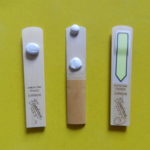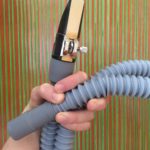During a working session with Luca Valli on his piece, Totem, for bass clarinet and tin foil preparation, we decided to prepare the bass clarinet’s bell with water. I had seen many brass players doing this, storing water into the bell or immersing their instruments into buckets of water and then blowing them, but had never tried it on the clarinet because of its wooden body. In this case, since the bass’ bell is made of metal, there is no danger for the instrument.
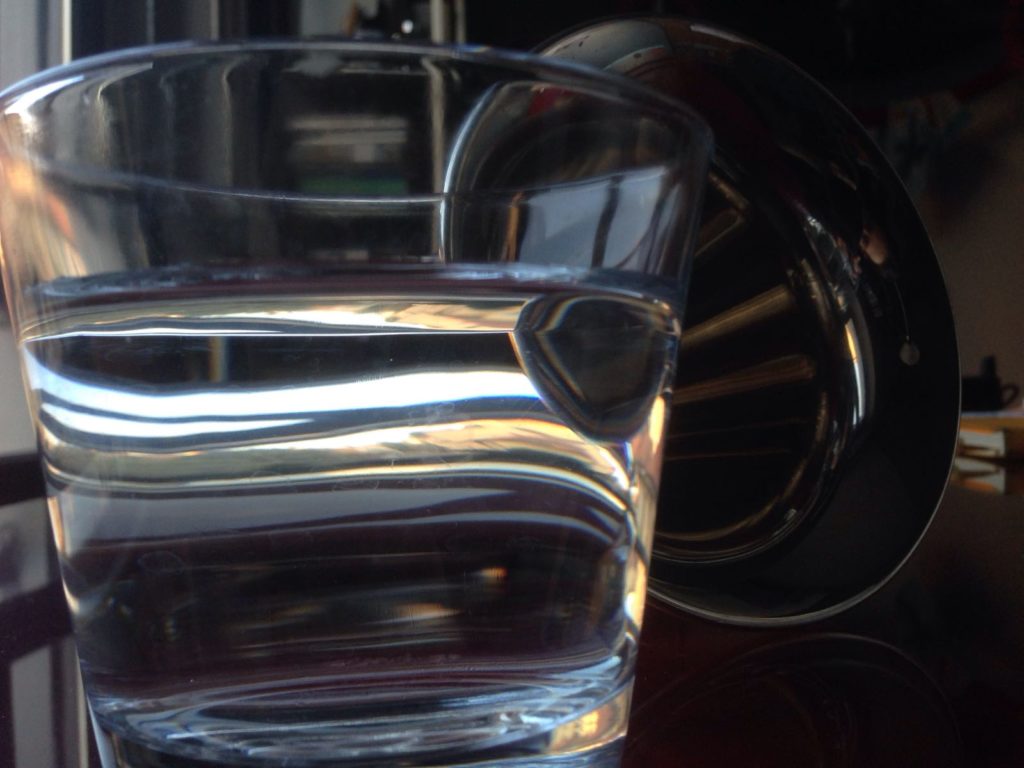
We first sealed the vent hole with patafix, wrapped up the low C pad (the one on the lower part of the bell that you can see in the picture) with cellophane, to isolate it from water (they are waterproof, but it’s safer anyway), closed the low C key (otherwise, water would run out of it) and finally poured approximately a glass of water into the bell.
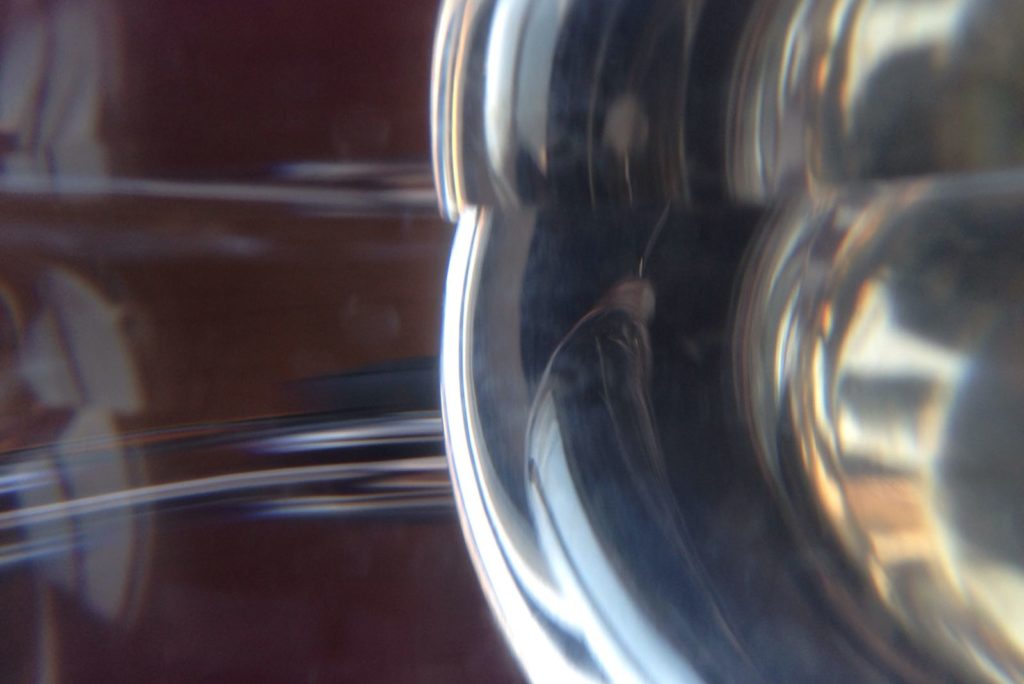
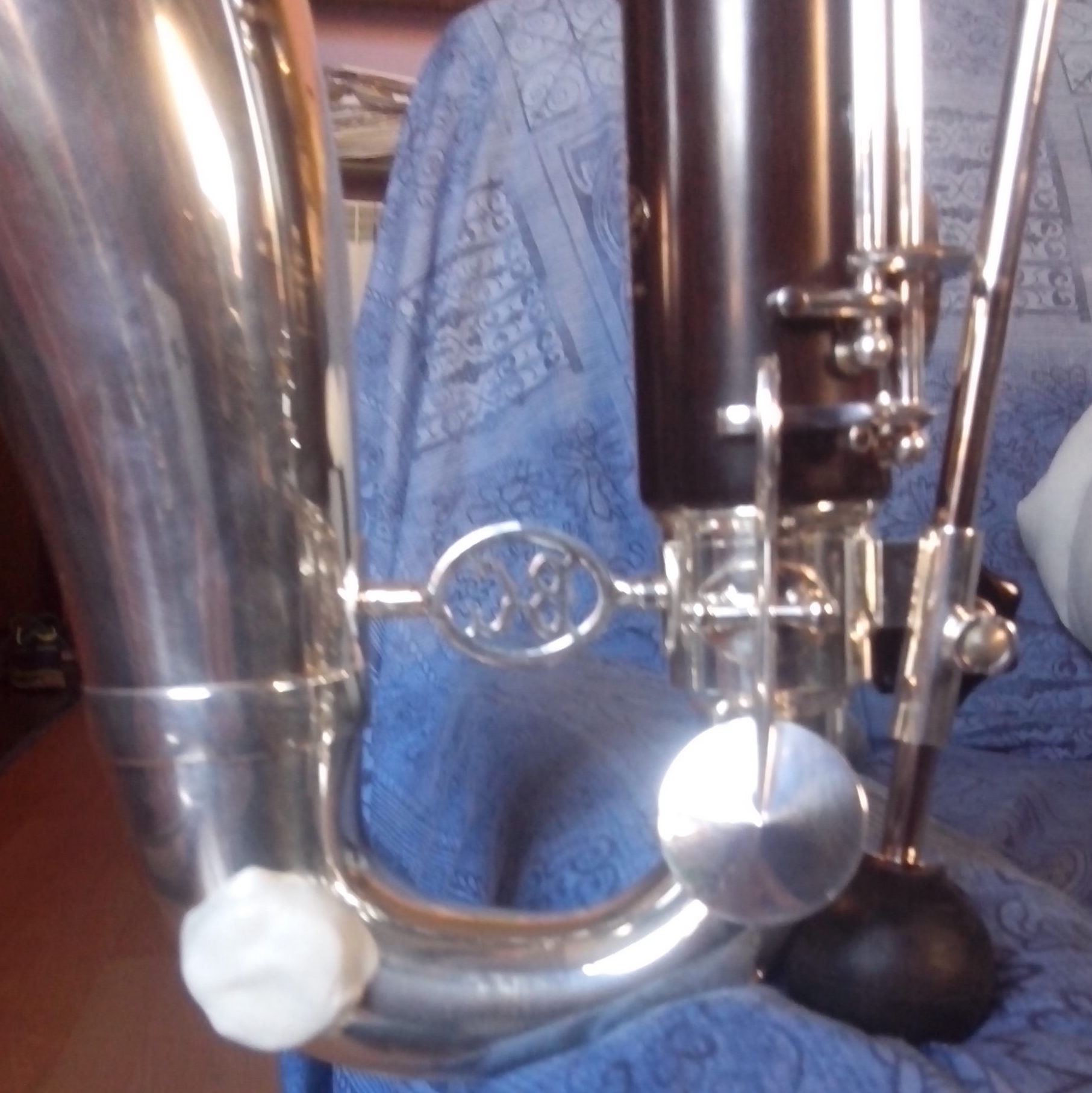
The result was an interesting blend of low and bubbling sounds, with a strong and yet unpredictable percussive element, caused by the ‘boiling’ water. Just imagine blowing into a one meter straw! When I tried to play louder, harmonics emerged from this low magma.
This preparation was the starting point for further preparations (after all, isn’t it the same with complex acoustic sounds, that are often the result of an overlapping of techniques?).
These are the sounds we experimented with:
00:00, water only; harmonics emerge as dynamic raises.
00:16, boomwhacker (tuned percussion tube) into the bass’ bell; harmonics emerge.
We first added a boomwhacker pipe into the prepared bell, to get a lower and less defined sound, and obtained similar results but with a deeper and darker fundamental (I personally like this sound a lot, though it needs lots of air).
00:48, aluminium foil; harmonics; pp aluminium solo-buzz.
Again without the boomwhacker, we covered the watery bell with aluminium foil. The new preparation adds a rattle, delicate or intense, depending on the airflow’s energy, to the bubbling and the harmonics. As you can hear in the audio recording, more sounds are possible with the combination of these preparations: breathing in and out, sipping sounds, extremely delicate buzz of the aluminium foil.
01:25, didjeridoo embouchure.
Finally, we removed the mouthpiece and tried to use this last preparation (water and aluminium foil) with a didjeridoo embouchure. The result is pretty fun, quite far from the sounds we started from. Hilarious and expressive at the same time.
